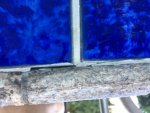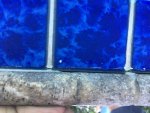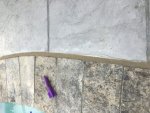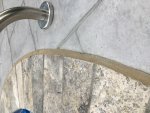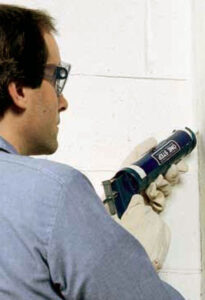- Jul 14, 2017
- 738
- Pool Size
- 24000
- Surface
- Plaster
- Chlorine
- Salt Water Generator
- SWG Type
- Hayward Aqua Rite (T-15)
I had new tile and coping put on last year and I am disturbed to see some of the grout between tile and coping falling off already.
A little silicone or something to patch it up? Pool specific product or something from the hardware store? If I leave it that can lead to tiles falling off prematurely right?
A little silicone or something to patch it up? Pool specific product or something from the hardware store? If I leave it that can lead to tiles falling off prematurely right?


